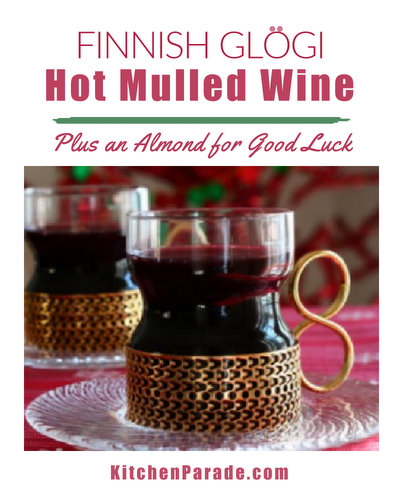
HOW MUCH OIL? In my skillets, one cup of oil is the perfect amount, it’s about a half inch deep and so when bubbling, comes halfway up the sides of the chicken pieces.

WHEN IS THE OIL HOT ENOUGH? You’ll know the oil is hot enough when you flick a little water off your fingers into the oil and it sizzles. You will need to adjust the heat to keep the oil at the right temperature for either a fast fry or a slow fry.

TONGS To keep your hands and arms further away from the hot peanut oil, do use tongs. Make sure you’ve got a good grip on the meat, however, because accidentally dropping a piece of chicken into hot oil can create a big splash.

TAKE CARE! The chicken may spurt and splatter during cooking, especially when you’re adding it to the skillet for the first time and then again when turning. You’ll want to keep kids away from the stove and I’ve also learned to wear long sleeves. To help this, use the back burners rather than the front burners.

MEDIUM HIGH? MEDIUM? MEDIUM LOW? The first time you make fried chicken, stick close during the cooking period, to learn where to set the burner temperatures. You’ll have time to do other things, cook some potatoes, mix a salad, etc. but just stay close enough to adjust. You just need to stay put to watch that the oil is both hot enough but not too hot.





I look forward to trying your recipe. I inherited a really good fryer that I will try instead of on the stove.
ReplyDelete